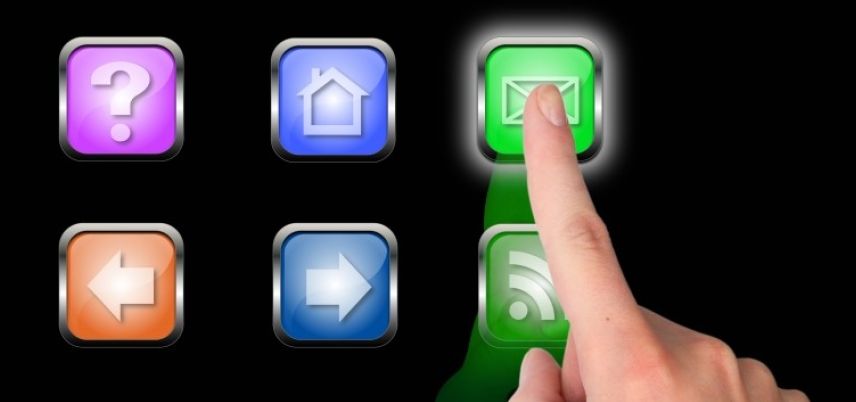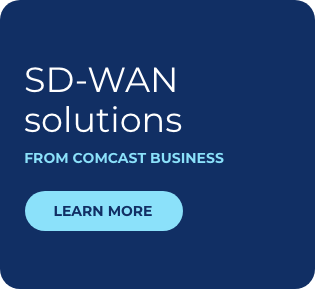Digital Transformation: Internet of Things Is a Primary Driver of Digitization Strategies

The Internet of Things (IoT) gets a lot of ink these days with its promise to connect everything and anything to make our lives better. Sensors, smart meters, antennae, radio-frequency tags and a host of monitoring devices attached to objects and places everywhere are supposed to capture and share data that when organized and digested, will unlock the secrets of how to refine everything we do – from manufacturing and business processes down to how we get notified for appointments and how our cars are driven.
But executing on the IoT vision is a massive undertaking. Economist Jeremy Rifkin calls it the “third industrial revolution.” Gartner predicts more than 20 billion “things” will be connected by 2020, while Cisco puts its estimate at 50 billion. But getting all the data-capture devices and systems to communicate with each other to deliver meaningful, actionable information is a major challenge.
And the challenge starts with devising digitization strategies to position organizations to take advantage of the IoT. The IoT is one of the primary drivers of digital transformation.
Data Explosion
To understand the need for digital transformation, consider the towering volumes of data that computer systems and mobile devices already generate, thanks to cloud computing, WiFi and cellular communications, and social media. Add to that the data generated by IoT devices attached to vehicles, manufacturing equipment, oil and gas machinery, electrical grids, security cameras and other monitoring devices, and you start to get a sense of the challenge involved in integrating all these system.
Compounding the challenge is a reality often buried in IoT discussions: Much of the data captured in industrial settings in so-called machine-to-machine (M2M) systems is analog. That’s because M2M systems in industries such as oil and gas, mining and manufacturing predate the cloud.
For M2M data to communicate with digital systems, it needs integration solutions that will translate, process and analyze it within an IT environment. Such solutions are starting to make their way into the market, but a lot of development and integration has to take place as IoT implementations get underway.
Viewed from this perspective, the IoT becomes more of an integration play than a completely new implementation.
Existing Systems
Various IoT components are already in place, but they need to be connected and integrated as part of a distributed enterprise and run efficiently from a center of operations with visibility into the entire environment.
IoT elements already deployed include data collection at assembly lines to provide a more accurate picture of current production levels and facilitate future projections. Information collected from smart meters so utilities can help consumers conserve energy, better balance power loads and realize the promise of a Smart Grid. Personalized marketing information collected by retailers from social media and website assets to create new customer experiences. Real-time GPS and cloud data leveraged by transportation companies to improve routes, schedules and vehicle maintenance to operate more effectively.
As more data-capture systems are deployed in a variety of environments, the amounts of data captured will grow exponentially. There has been much discussion about leveraging data to improve business outcomes, but we are still in the beginning stages of putting the data to meaningful use. As of now, much of the data is wasted or forgotten about.
“Unfortunately, 90 percent of data created in the IoT is never captured, studied or utilized. Furthermore, up to 60 percent of that data almost immediately loses its value. So, most of the data is never turned into insights. And that is where the true potential of the IoT lies,” Guido Bartels, general manager of IBM Nordic, wrote in a 2015 Huffington Post blog.
Of course, unlocking that potential comes down to integrating the different systems that make up IoT implementations, which brings us back to digital transformation strategies.
Building Blocks
Digital transformation needed the cloud to happen – to create conditions such as elasticity, flexibility and real-time data access – that serve as the foundational blocks for a digitized infrastructure. Likewise, that infrastructure needs to exist – or at least be under construction – before the IoT can be fully leveraged.
IT and business decision makers need to collaborate on setting clear objectives for their digitization and IoT strategies. You need a holistic approach, or risk different departments going off in different directions with disconnected IoT strategies. Allow that to happen, and it will be much harder to tie those systems together later.
All IoT projects, therefore, should be guided by a vision based on clear objectives for the organizational whole. Even if you start small, which is probably a good idea, consider how adaptable the architecture and infrastructure you use is to future initiatives. Digital transformation needs to be treated as a methodical process. And since one of its main objectives is to lay the groundwork for IoT, be sure to keep the IoT in mind as you embark on a digitization strategy.
Photo via Visualhunt
Be sure to keep the IoT in mind as you embark on a digitization strategy.
Locked Content
Click on the button below to get access
Unlock NowOr sign in to access all content on Comcast Business Community
Learn how Comcast Business can help
keep you ready for what's next.











